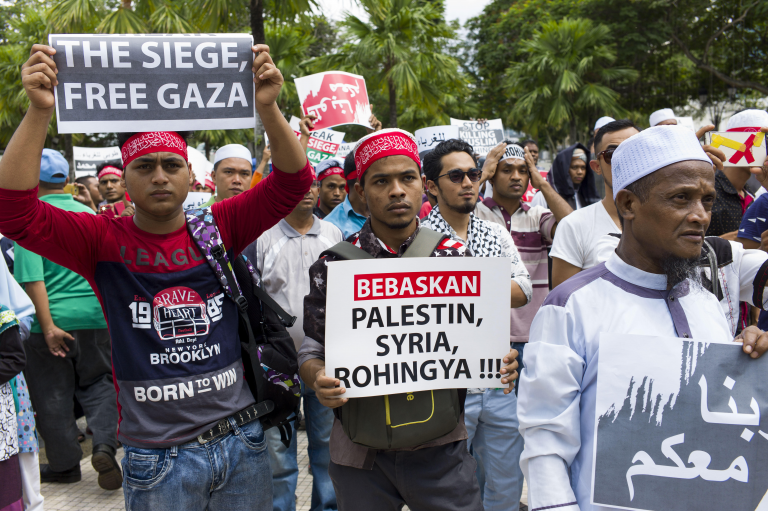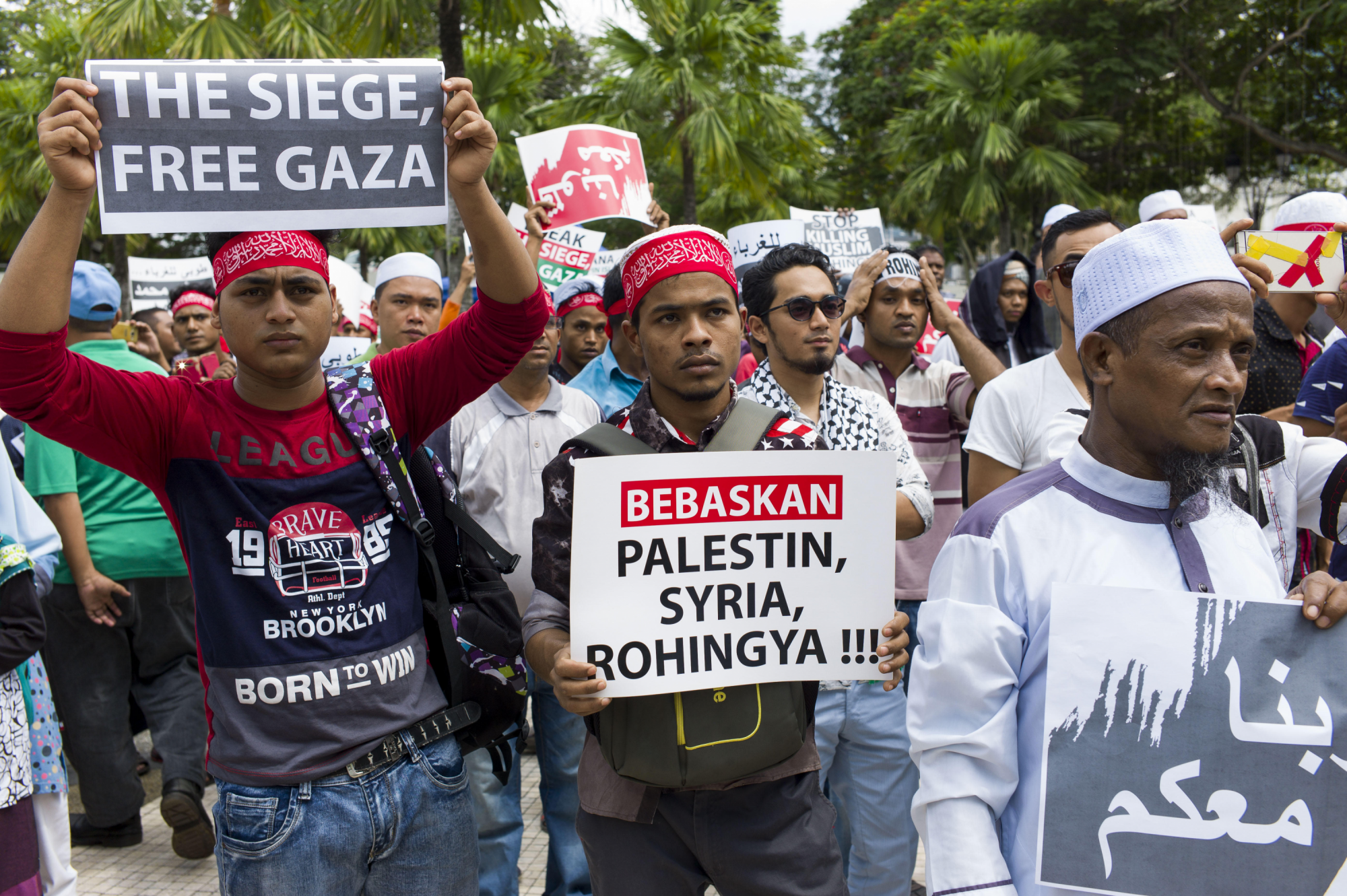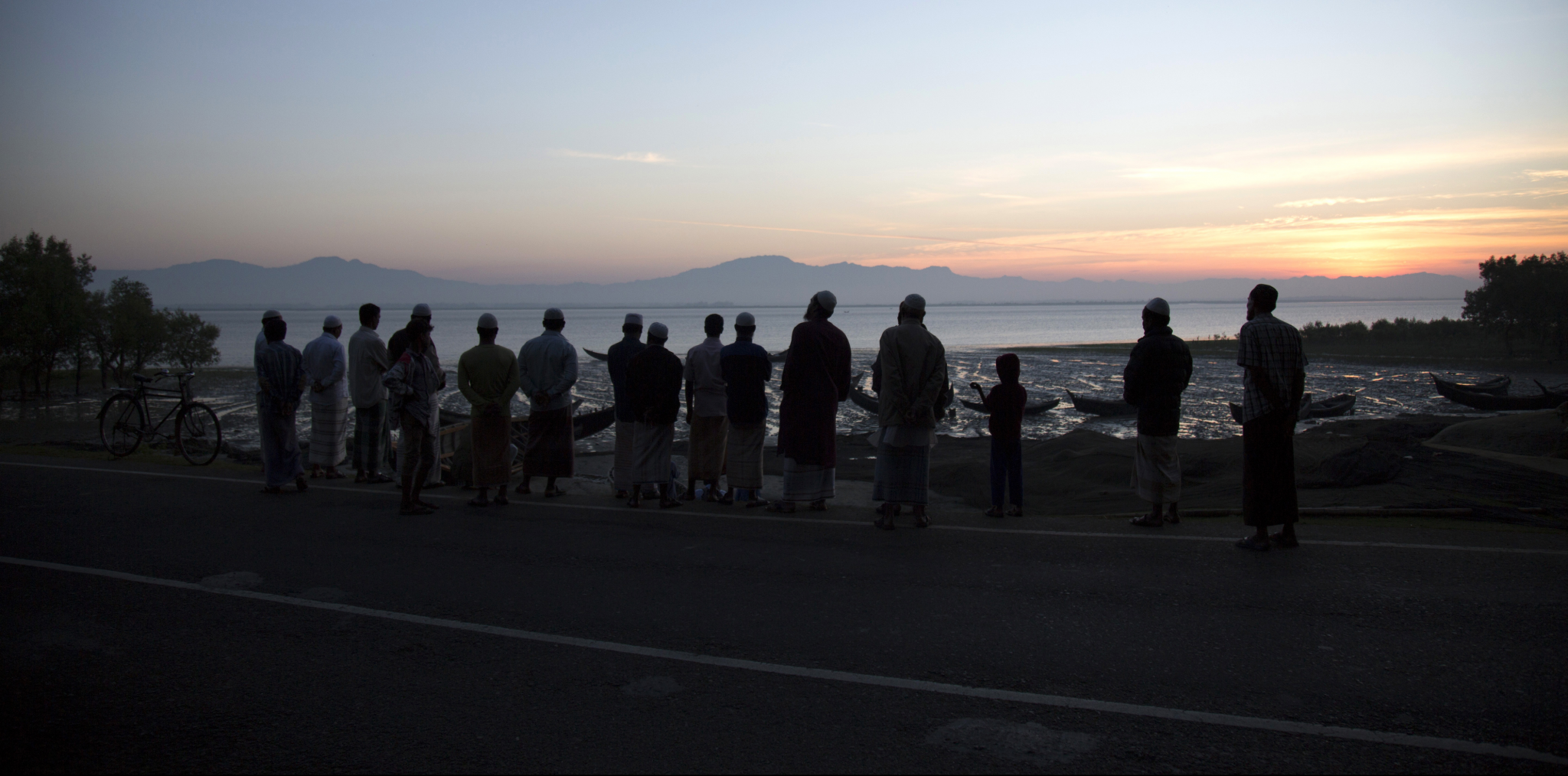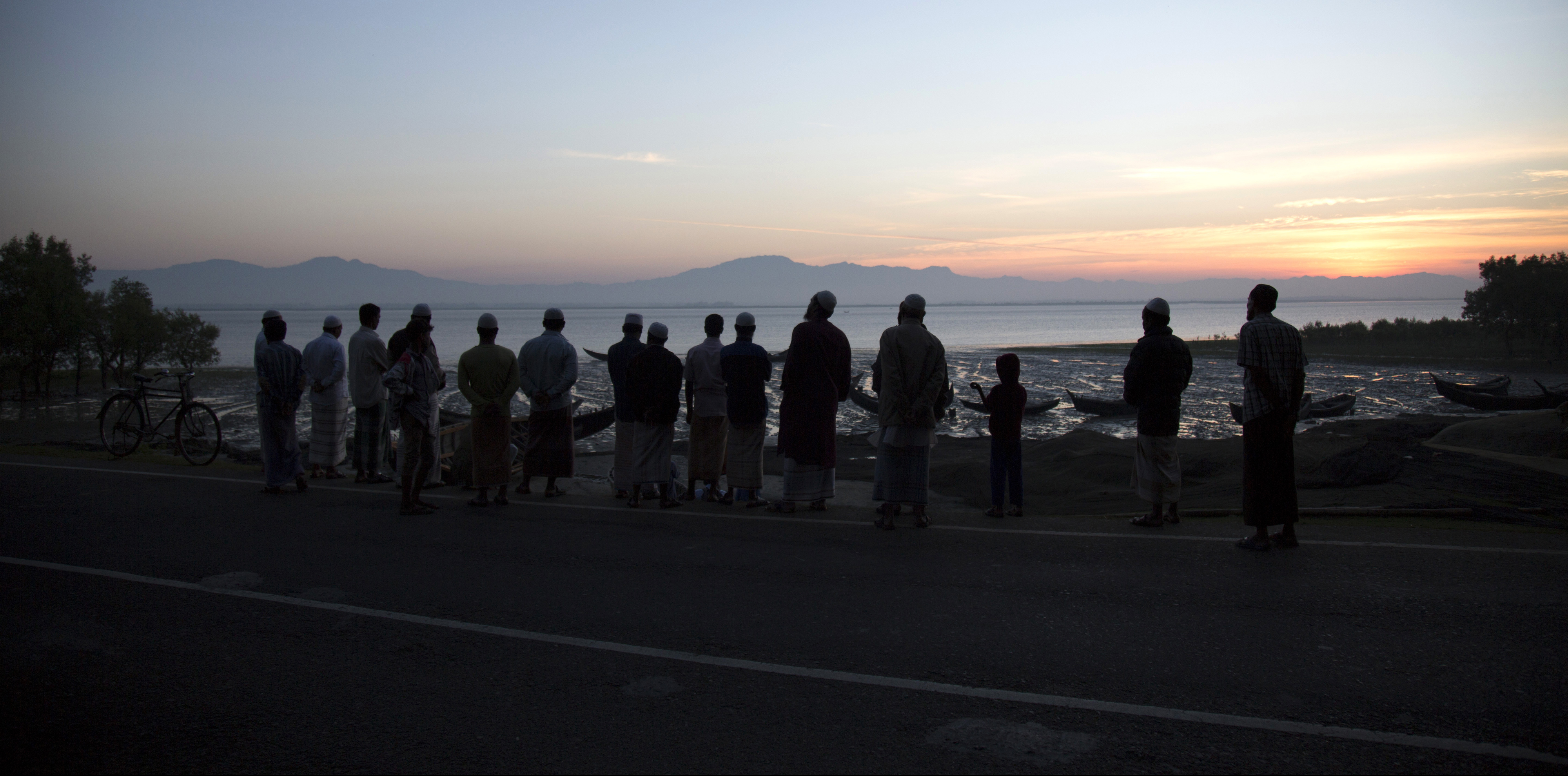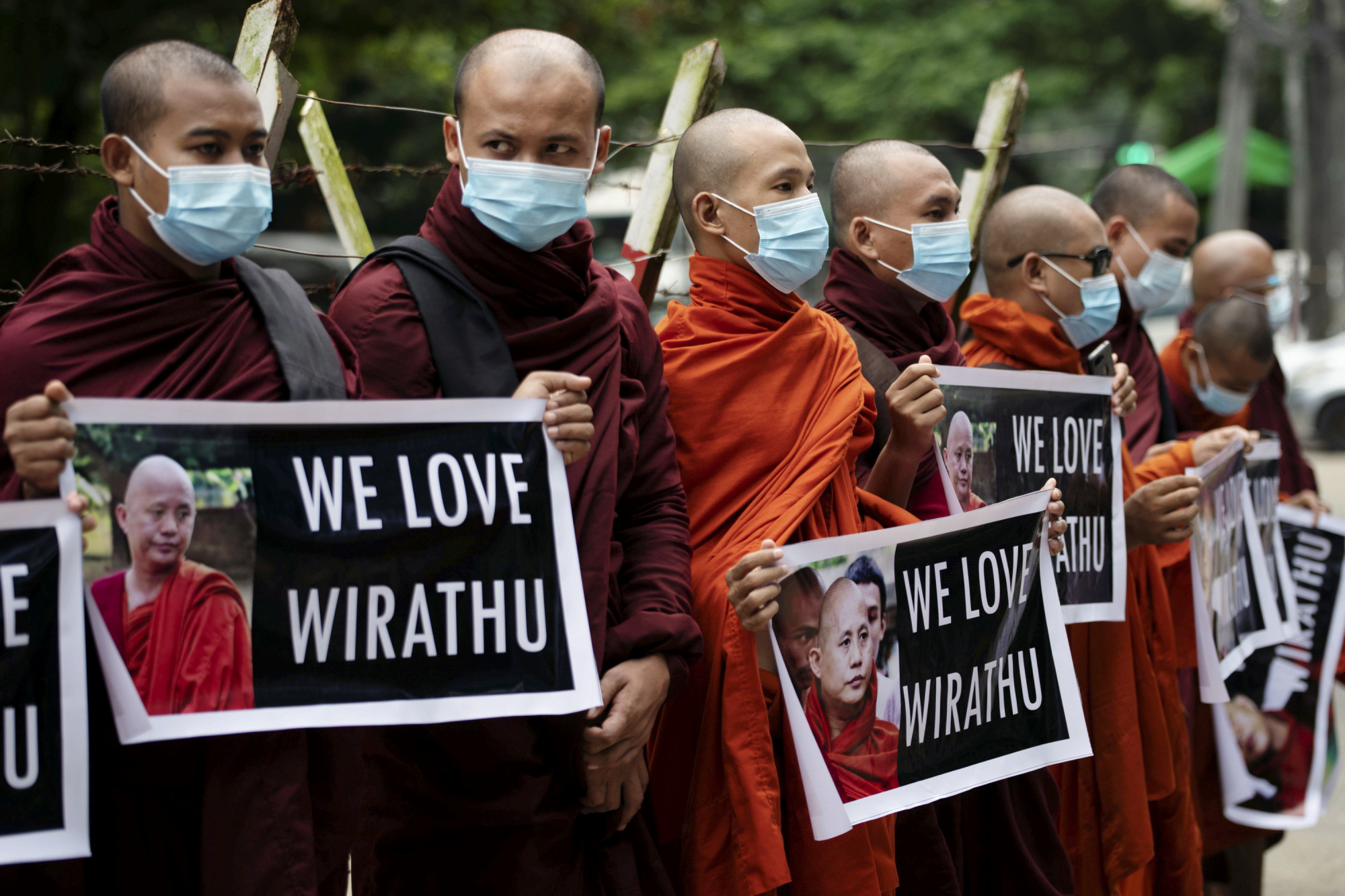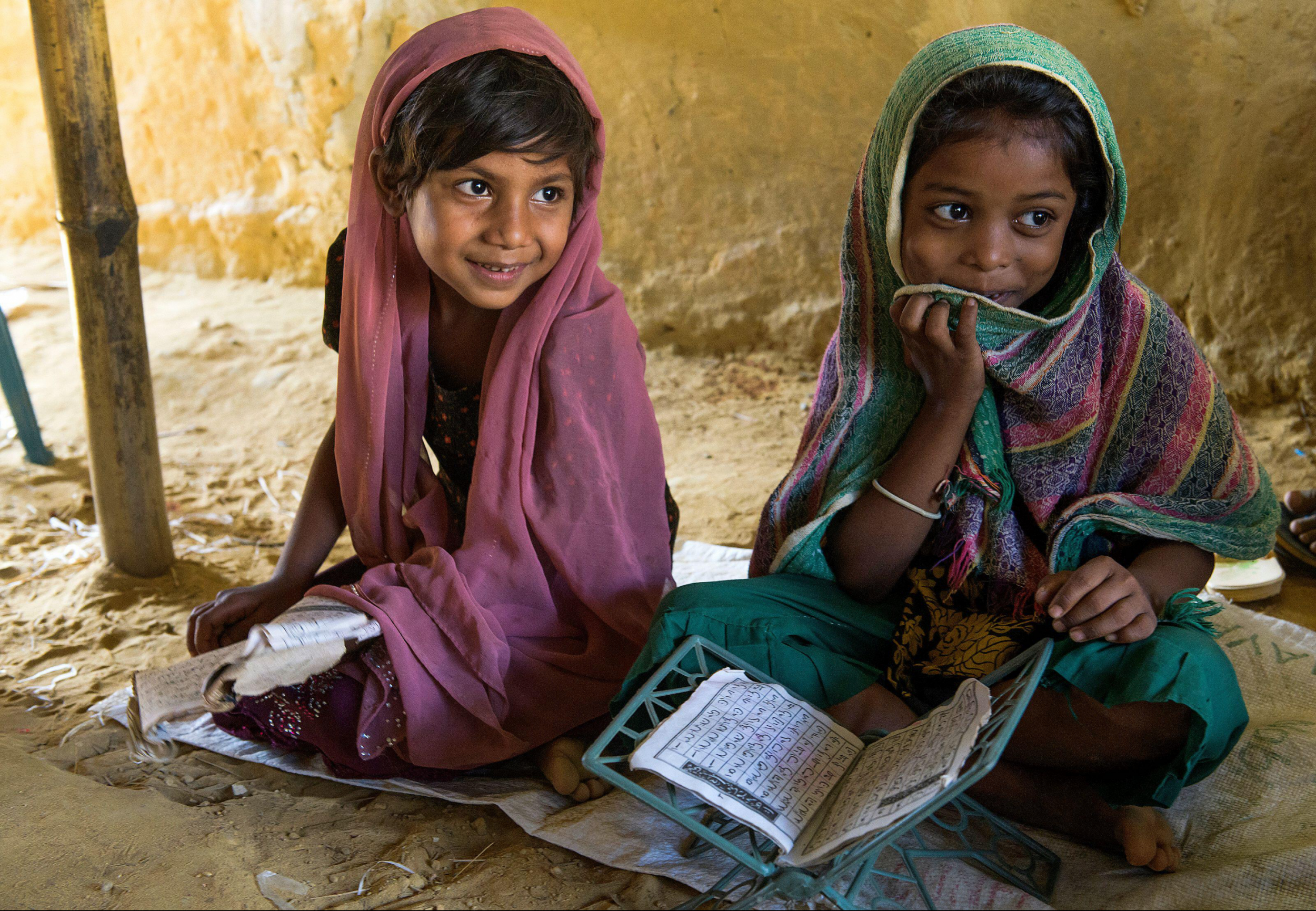The way one is named can make a great difference. The truth of this proposition has special relevance for the Muslim group who call themselves Rohingya. The government of Myanmar (before 1989, Burma), the state that includes the territory where most Rohingya lived until recent mass expulsions, refuses to acknowledge their self-designation. They are, instead, asked to register themselves as Bengali for purposes of acquiring national identity papers and other bureaucratic functions. If unwilling to do so, they become foreigners.
To be a stateless person in a world run based on nation-states is a severe disenfranchisement that conditions how individuals and a community understand their future. The historical picture of Muslims in Myanmar (of which the Rohingya are only one group) goes back centuries and varies by particular regions within the boundaries of the modern state. In this section I highlight the Rohingya’s statelessness as an acute predicament that can help us to see the mutually constitutive relationship between pasts and futures.
The Rohingya/Bengali difference has to do with different understandings of the group’s past. For the Rohingya themselves, they are following in the wake of ancestors who have lived in the Rakhine/Arakan region of Myanmar for anywhere between five and ten centuries. These ancestors are claimed to have been Muslims who arrived in the region at various points in the premodern period, married into local communities, and established long-lasting indigenous Muslim communities. Archival materials to support this claim are sparse, although circumstantial evidence for the Muslim presence in the area is extensive.
The Myanmar state passed a nationality law in 1982 that codified the notion that the Rohingya arrived in the territory between 1823 and 1949, the period of British colonialism. This view is now espoused by a substantial part of the country’s Buddhist majority. This temporal placement is seen as a reason to exclude the group from being considered one of the indigenous peoples of the land that constitutes Myanmar. Colonial authorities encouraged Indians, especially from the neighboring Bengal, to settle in Rakhine. Contrary to the Rohingya’s own understanding of their past, the state sees the Rohingya population to consist of descendants of Indian migrants, doubly marked for being foreigners and a side effect of the colonial encounter. Facing, first, systematic discrimination and, subsequently, full-scale ethnic cleansing during the twenty-first century, an estimated one million Rohingya have left Myanmar and now live in refugee camps primarily in Bangladesh.
The Myanmar state’s refusal to acknowledge the Rohingya’s own understanding of their past has resulted in statelessness, a condition that severs the relationship between futures and pasts that is presumed secure in modern nationalism as well as in community accounts of ethnogenesis. To understand the place of Islam in this story, I treat Buddhist views sympathetic to the notion that the Rohingya are, at best, aliens in Myanmar. Not all Myanmar Buddhists agree with the position of the state, and many Buddhist monasteries have acted as protectors and refuges for Rohingyas in times of violence. The army that has controlled Myanmar for most of its existence has sometimes acted harshly against Buddhist monks as well. Nevertheless, the type and level of invective that has been directed at the Rohingya indicates significant overlap between positions held by the state and a group of very vocal Buddhists willing to undertake ethnic cleansing. Myanmar’s demographic future, understood in ethnoreligious terms, looms large in these Buddhist views.
Most of this section is devoted to how the future looks to the Rohingya refugees outside Myanmar, especially in Bangladesh. How do they understand the relationship between Islam and their past? And what does their situation tell us about the possibilities and limits of Islamic affiliation as an aspect of the future? The case of the Rohingya helps to clarify the stakes of invoking Islam as an explanatory factor when discussing a context concerned with Muslims.
